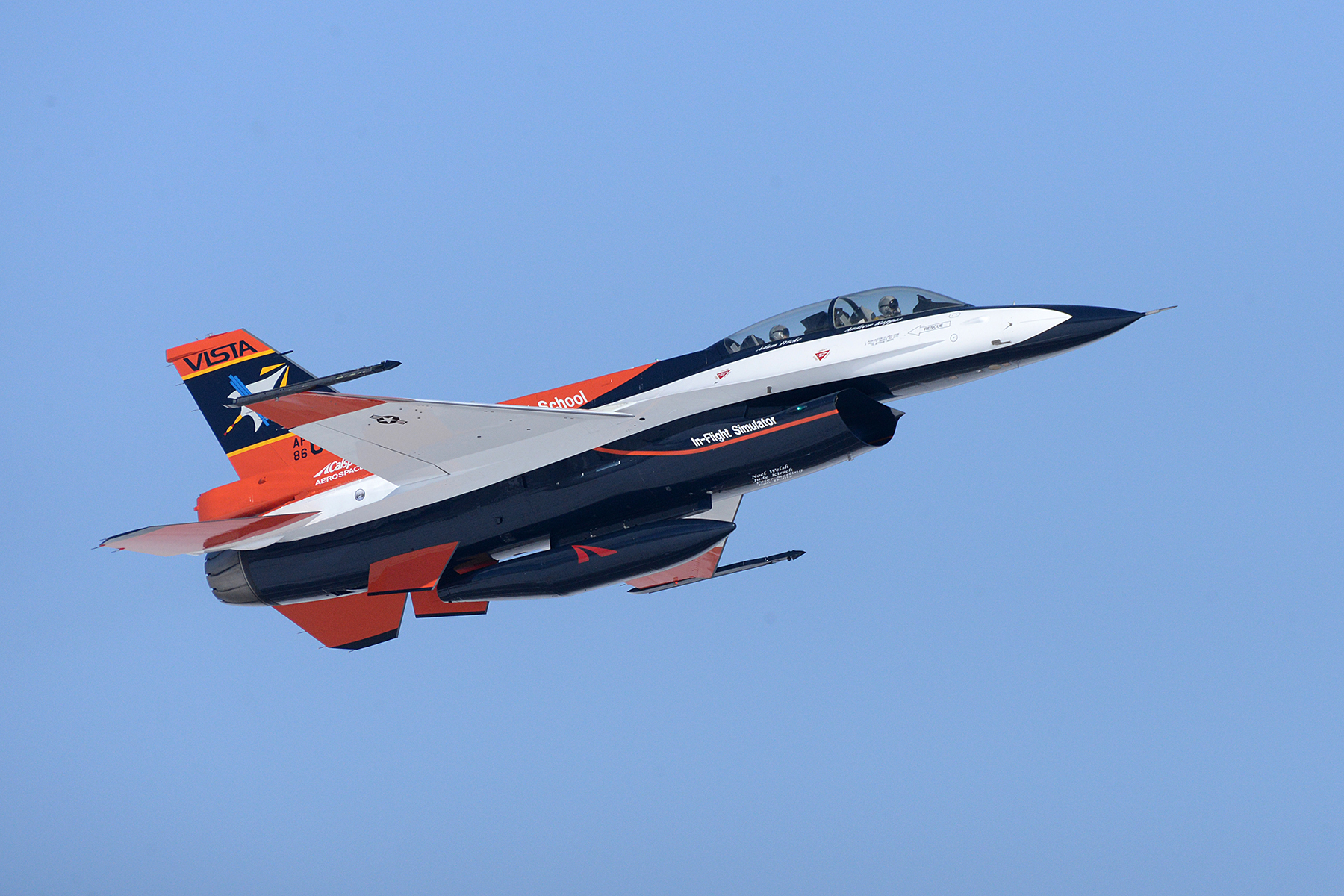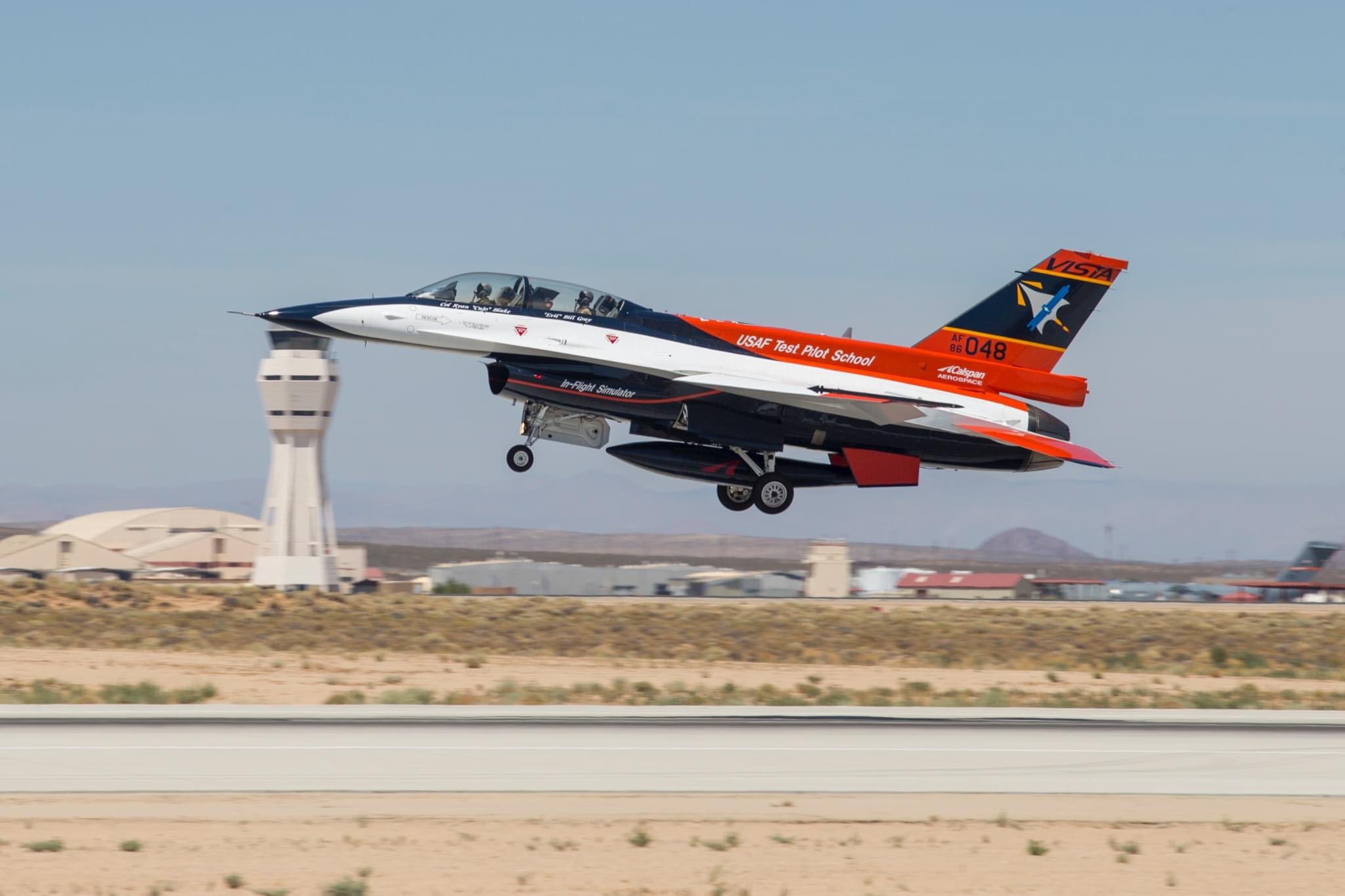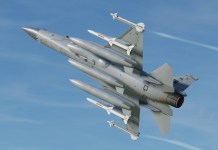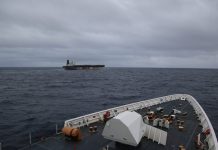After decades of being inducted into the US Air Force, the F-16 fighter jets are still of massive utility. As the Skyborg Autonomy program gathers steam in the United States, the Air Force has entrusted a heavily modified F-16 fighter aircraft with a new role.
In support of its Skyborg tactical autonomy program, the US Air Force Research Laboratory (AFRL) has planned to start flying a modified two-seat F-16 fighter (called the NF-16D) later this year, according to an Arnold Air Base Press Release.
The old F-16 has traditionally been used as a simulator aircraft to train pilots.
The NF-16 Variable In-flight Simulator Aircraft (VISTA) was originally an F-16D Block 30 that underwent several upgrades and changes before flying for the first time in its current configuration in 1992. Since then, it has played a significant role in the Test Pilot School curriculum.
The NF-16 VISTA was redesignated as the X-62A, effective June 14, 2021, after upgrades.
The transformation and modification and the new X prefix meant that the aircraft had been upgraded to test configurations of a radical nature – particularly to aid the Skyborg program that aims to make warfighting autonomous and Artificial Intelligence oriented.

“As part of the upgrade program, VISTA has been redesignated from the NF-16D VISTA to the X-62A VISTA, making USAF TPS the only test pilot school with an active X plane supporting its curriculum.”
According to AFRL, the X-62A is now being introduced to the Skyborg flight-test program to fulfill demands for a “mature, tactically relevant platform” that can “rapidly develop and mature tactical autonomy on an appropriate timeline.”
The aircraft has been upgraded to mimic the performance traits, including other platforms’ autonomy and flight control capabilities.
The X-62A can host a variety of autonomy behaviors, including those from the Skyborg Autonomy Control System and others provided by third-party industry partners, according to Matthew Niemiec, the autonomous aircraft experiment portfolio lead.
X-62A And The Skyborg Program
The Skyborg Program is born from the idea that autonomous systems can significantly increase capacity and be a force multiplier for the US Air Force. It is an Air Force Department Vanguard initiative that has guided the transition to open, modular autonomy to enable combat mass using inexpensive unmanned aircraft.
These vehicles will be outfitted with autonomous technology and aid in executing crucial tasks by human-piloted aircraft. Skyborg is a US strategy to prepare for prospective battles with near-peer adversaries by stressing future scalability through a transportable, modular, and adaptable autonomy system.
The DoD and Air Force identified Skyborg as one of the first three Vanguard programs in 2019 to expedite the development of this capability. These high-priority initiatives combine technological elements from several fields to produce sophisticated, interdisciplinary solutions.
Since March 2021, the Kratos XQ-58 Valkyrie, UTAP-22 Mako, and General Atomics MQ-20 Avenger uncrewed air vehicles have been employed in 16 live test events conducted by the Autonomous Aircraft Experimentation team to evaluate the Skyborg Autonomy Control System.
It is now the turn of a very heavily modified F-16 or the X-62A as it has now become, to support the Skyborg. The “safety sandbox” used by the X-62A enables the integration and operation of modeled air vehicles and the application of control rules and autonomy.

Further, the aircraft has space for a crew of two, including a pilot who can monitor the effectiveness of the autonomy control system, similar to how the automotive industry evaluated autonomous driving features. This makes it different from unmanned aerial vehicles like the Valkyrie, Mako, and Avenger.
The X-62A features two modified systems. One is the VISTA simulation system, which enables the aircraft to simulate the flight qualities of another aircraft. The other is the system for autonomous simulation control, which allows various autonomous behaviors to fly the aircraft.
The X-62A can be used as a stand-in by Skyborg and other advanced autonomy development projects like DARPA’s (Defense Advanced Research Projects Agency) Air Combat Evolution to test high-risk autonomous maneuvers while uncrewed aircraft development projects are assessing new high-risk vehicle model designs.
The X-62A VISTA is built to be a technology demonstrator and risk reduction platform. For example, the control laws used to fly the Joint Strike Fighter were first flown on VISTA before the strike fighter’s first flight, reducing significant technical and safety risks.
According to the program lead, Niemiec, AFRL is working with multiple industry partners to integrate advanced, tactical performance vehicle designs and cutting-edge autonomy capabilities onto the X-62A.
- Contact the author at sakshi.tiwari9555@gmail.com
- Follow EurAsian Times on Google News




